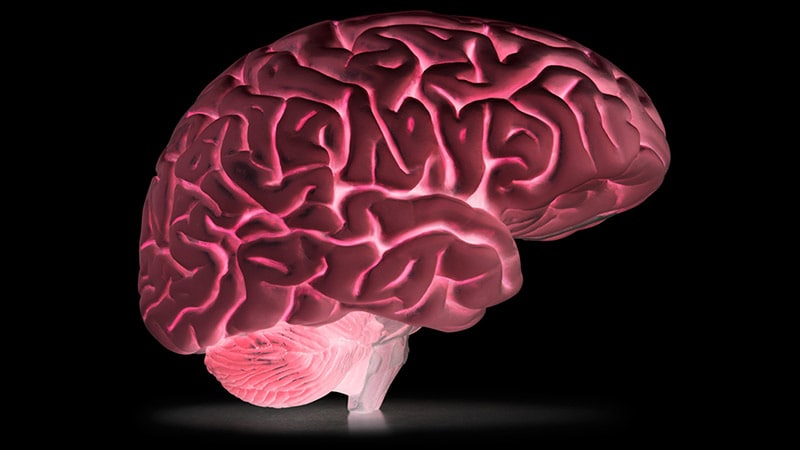Core Concepts
Stroke mimics are more likely to lead to posttraumatic stress disorder (PTSD) than actual strokes, highlighting the importance of assessing mental health symptoms in patients with stroke-like presentations.
Abstract
The study explores the prevalence of PTSD in patients presenting with stroke-like symptoms and the impact of receiving a stroke mimic diagnosis. Key insights include:
Stroke mimics have a higher likelihood of PTSD than actual strokes.
Patients with preexisting PTSD are more prone to developing PTSD after a stroke mimic diagnosis.
Clinicians may overlook psychological distress in patients with non-stroke diagnoses.
Uncertainty in diagnosis and lack of support contribute to increased PTSD risk.
Functional neurologic disorders and neuropathies are significant predictors of PTSD.
The study raises questions about the impact of chronic conditions and ongoing stressors on PTSD.
The uncertainty of diagnosis and fear of worsening health can exacerbate distress.
Data collection during the pandemic could influence PTSD rates.
The research is part of the ReACH Stroke study funded by the National Heart, Lung, and Blood Institute.
Stroke Mimics Tied to More PTSD Than Stroke
Stats
Patients presenting with stroke mimics are three times more likely to have PTSD than those with actual strokes.
Rates of PTSD at 1 month were 15.1% for stroke mimic, 6.3% for stroke, and 5.5% for TIA.
Patients with preexisting PTSD were more likely to have PTSD at the 1-month screen.
Odds of 1-month PTSD were almost three times higher for stroke mimics than for patients with stroke.
Functional neurologic disorders are more significant at predicting 1-month PTSD.
People with peripheral or cranial neuropathy are more likely to have PTSD at 1 month.
Quotes
"We would assume that a stroke, which is more life-threatening, would have more PTSD, but in this study, we found people who have less life-threatening disorders have more PTSD." - Melinda Chang
"As clinicians, we might assume, 'Oh, you're fine because you didn't have a stroke', but these patients might be suffering psychologically more than we think." - Melinda Chang
"This is a very surprising finding that I think most medical guidelines don't take into account." - Melinda Chang
Key Insights Distilled From
by Pauline Ande... at www.medscape.com 02-05-2024
https://www.medscape.com/viewarticle/stroke-mimics-tied-more-ptsd-than-stroke-2024a10002j4
Deeper Inquiries
How do ongoing stressors and secondary stressors impact PTSD rates in patients with chronic conditions mimicking strokes?
Ongoing stressors and secondary stressors can significantly impact PTSD rates in patients with chronic conditions mimicking strokes. Patients living with conditions that mimic strokes may experience ongoing stress related to their health, such as the uncertainty of their diagnosis, fear of the condition worsening, and the impact of symptoms on their daily life. Additionally, secondary stressors like financial issues, functional decline, and the burden of managing a chronic illness can exacerbate their distress and contribute to the development or worsening of PTSD symptoms. These stressors can create a cycle of anxiety, fear, and emotional distress, further impacting the mental health of patients with stroke mimics.
Could the uncertainty of diagnosis during the pandemic have influenced PTSD prevalence in these patients?
The uncertainty of diagnosis during the pandemic could have influenced PTSD prevalence in patients with conditions mimicking strokes. The stress associated with being hospitalized during the pandemic, combined with the fear or worry of having long-COVID, could have heightened the distress experienced by these patients. The lack of clarity surrounding their diagnosis, coupled with the additional anxiety related to the pandemic, may have contributed to increased PTSD symptoms in this population. The ongoing uncertainty and fear of the unknown regarding their health status could have prolonged and intensified the psychological impact on patients with stroke mimics during the pandemic.
How can healthcare policies and guidelines be adapted to better address the psychological needs of patients with stroke mimics?
Healthcare policies and guidelines can be adapted to better address the psychological needs of patients with stroke mimics by incorporating routine mental health screenings and assessments into standard care protocols for these patients. Healthcare providers should be trained to recognize the signs of PTSD and other mental health issues in patients presenting with stroke-like symptoms, regardless of the final diagnosis. Additionally, offering psychological support, counseling services, and referrals to mental health professionals should be a standard part of the care plan for patients with stroke mimics. By integrating mental health care into the overall treatment approach, healthcare policies can better support the holistic well-being of patients with conditions that mimic strokes and improve their overall outcomes and quality of life.
0
More on Healthcare
